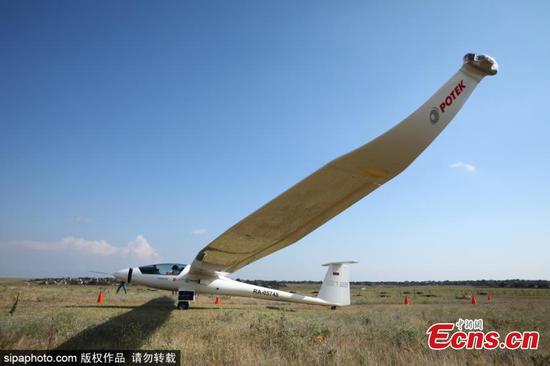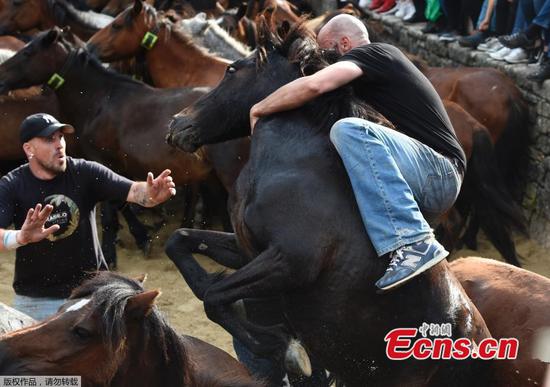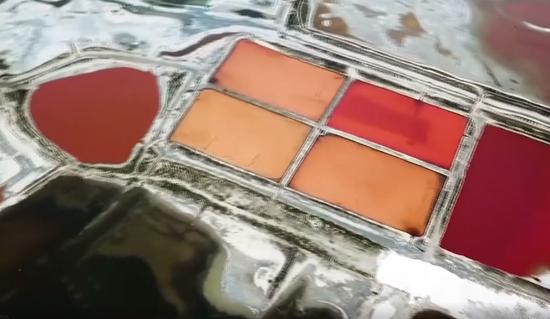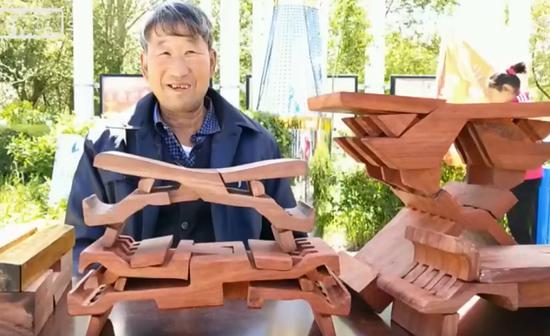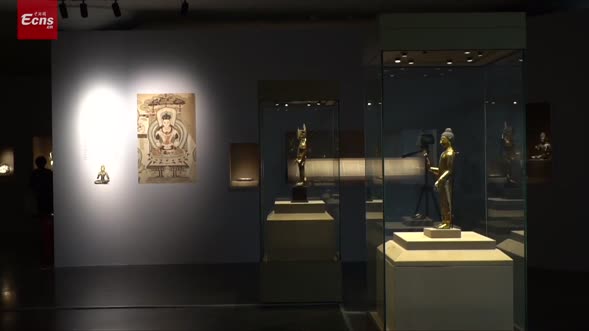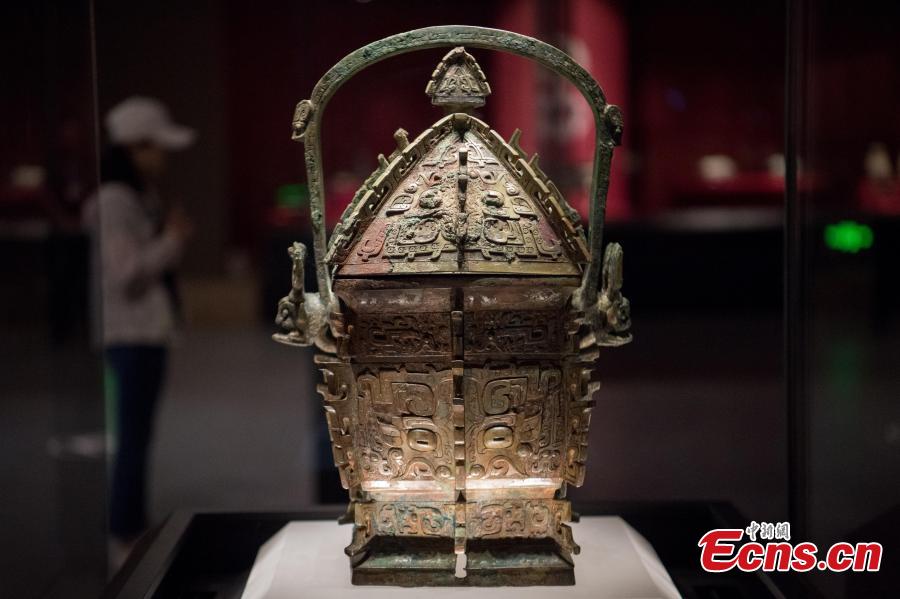
Police in north China's Shanxi Province have retrieved two pieces of bronze ware dating back to the early Western Zhou Dynasty (1046 B.C.- 771 B.C.), the provincial public security department announced Sunday. The two pieces of bronze ware, called "Yifangyi" and "Yizun," had both been robbed from a tomb in the city of Yuncheng before they were sold to several cities in China and then lost overseas, according to the police. Yizun is an open-mouthed bronze ware with inscriptions of 23 characters cast in it. Another bronze ware Yifangyi is a cuboid container used as drinking vessel in ancient times with beast-face patterns and same inscriptions on it. (Photo: China News Service/ Wei Liang)
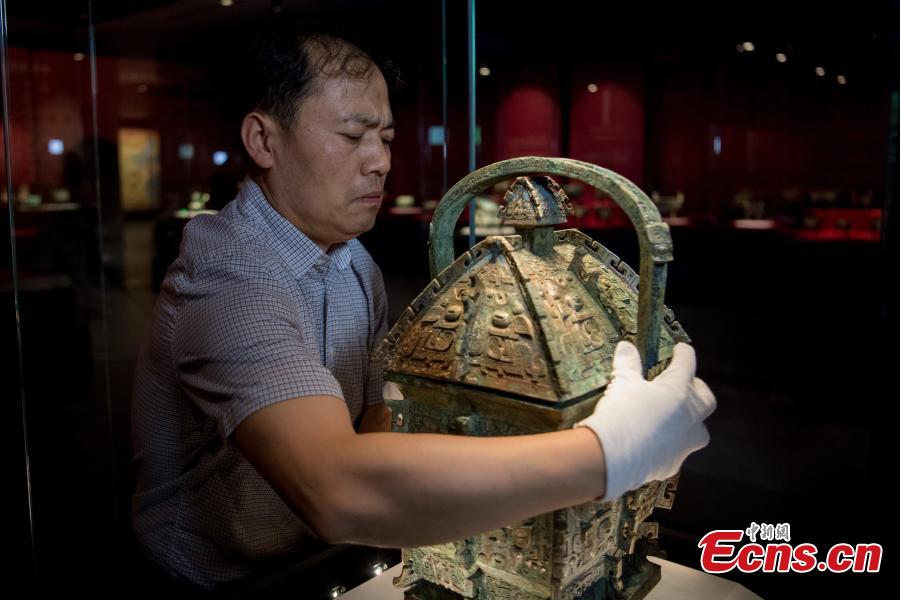
Police in north China's Shanxi Province have retrieved two pieces of bronze ware dating back to the early Western Zhou Dynasty (1046 B.C.- 771 B.C.), the provincial public security department announced Sunday. The two pieces of bronze ware, called "Yifangyi" and "Yizun," had both been robbed from a tomb in the city of Yuncheng before they were sold to several cities in China and then lost overseas, according to the police. Yizun is an open-mouthed bronze ware with inscriptions of 23 characters cast in it. Another bronze ware Yifangyi is a cuboid container used as drinking vessel in ancient times with beast-face patterns and same inscriptions on it. (Photo: China News Service/ Wei Liang)
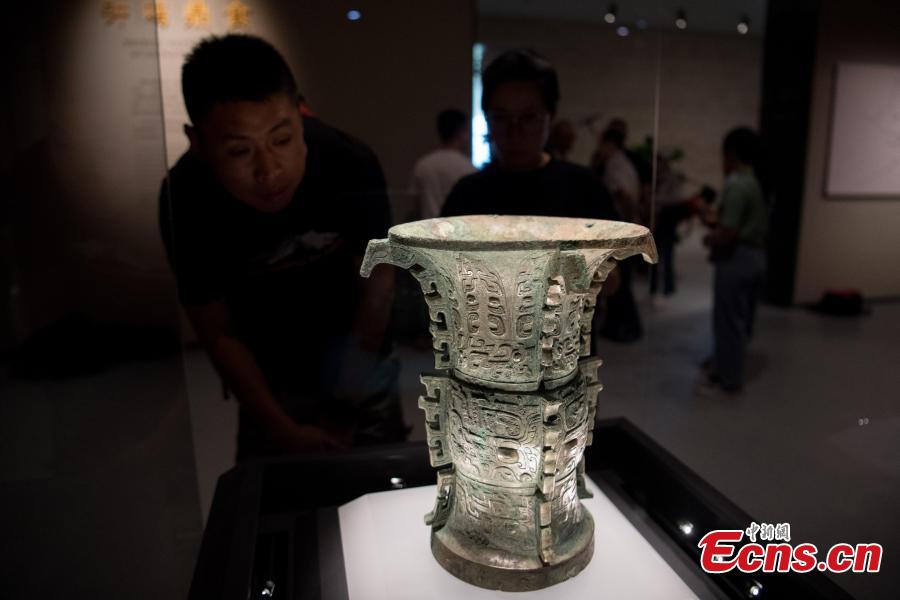
Police in north China's Shanxi Province have retrieved two pieces of bronze ware dating back to the early Western Zhou Dynasty (1046 B.C.- 771 B.C.), the provincial public security department announced Sunday. The two pieces of bronze ware, called "Yifangyi" and "Yizun," had both been robbed from a tomb in the city of Yuncheng before they were sold to several cities in China and then lost overseas, according to the police. Yizun is an open-mouthed bronze ware with inscriptions of 23 characters cast in it. Another bronze ware Yifangyi is a cuboid container used as drinking vessel in ancient times with beast-face patterns and same inscriptions on it. (Photo: China News Service/ Wei Liang)
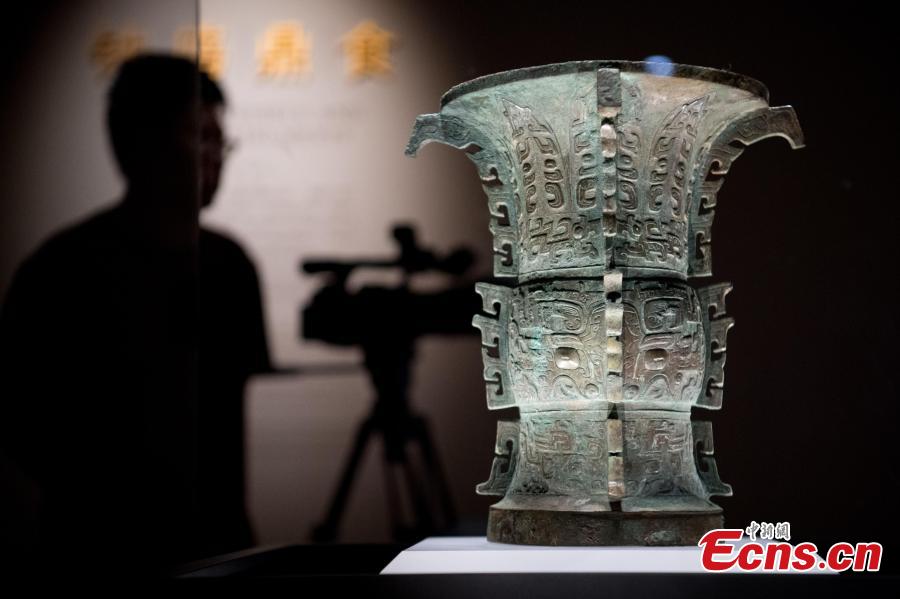
Police in north China's Shanxi Province have retrieved two pieces of bronze ware dating back to the early Western Zhou Dynasty (1046 B.C.- 771 B.C.), the provincial public security department announced Sunday. The two pieces of bronze ware, called "Yifangyi" and "Yizun," had both been robbed from a tomb in the city of Yuncheng before they were sold to several cities in China and then lost overseas, according to the police. Yizun is an open-mouthed bronze ware with inscriptions of 23 characters cast in it. Another bronze ware Yifangyi is a cuboid container used as drinking vessel in ancient times with beast-face patterns and same inscriptions on it. (Photo: China News Service/ Wei Liang)
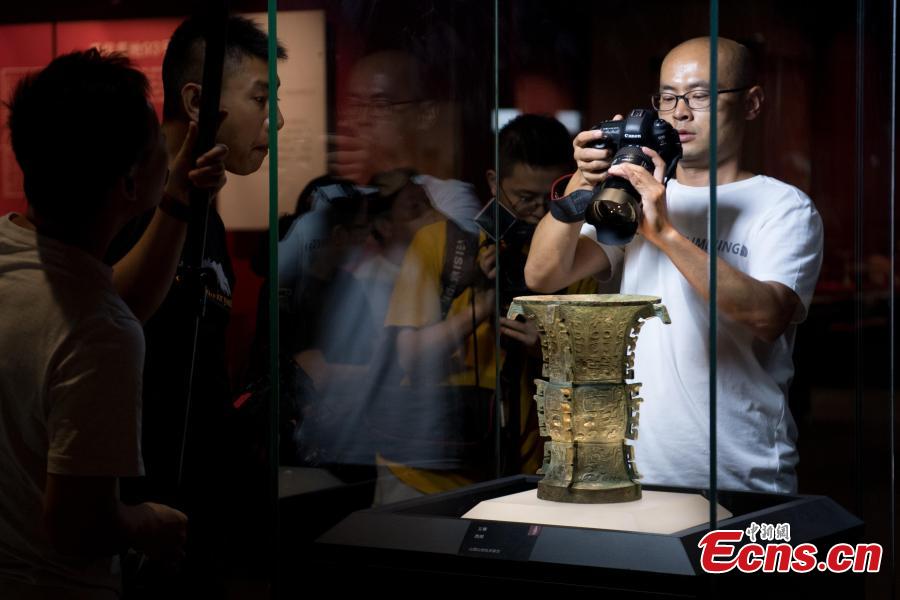
Police in north China's Shanxi Province have retrieved two pieces of bronze ware dating back to the early Western Zhou Dynasty (1046 B.C.- 771 B.C.), the provincial public security department announced Sunday. The two pieces of bronze ware, called "Yifangyi" and "Yizun," had both been robbed from a tomb in the city of Yuncheng before they were sold to several cities in China and then lost overseas, according to the police. Yizun is an open-mouthed bronze ware with inscriptions of 23 characters cast in it. Another bronze ware Yifangyi is a cuboid container used as drinking vessel in ancient times with beast-face patterns and same inscriptions on it. (Photo: China News Service/ Wei Liang)
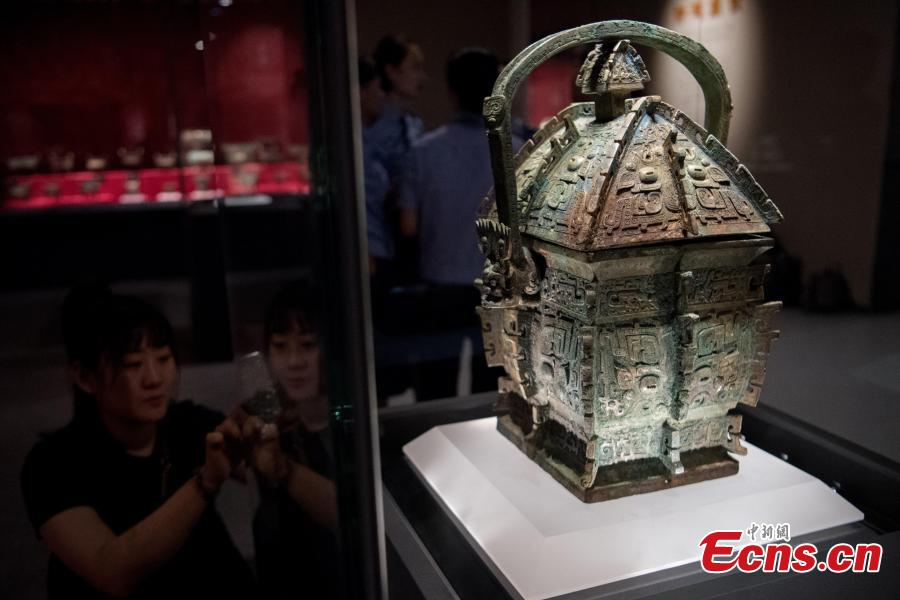
Police in north China's Shanxi Province have retrieved two pieces of bronze ware dating back to the early Western Zhou Dynasty (1046 B.C.- 771 B.C.), the provincial public security department announced Sunday. The two pieces of bronze ware, called "Yifangyi" and "Yizun," had both been robbed from a tomb in the city of Yuncheng before they were sold to several cities in China and then lost overseas, according to the police. Yizun is an open-mouthed bronze ware with inscriptions of 23 characters cast in it. Another bronze ware Yifangyi is a cuboid container used as drinking vessel in ancient times with beast-face patterns and same inscriptions on it. (Photo: China News Service/ Wei Liang)












